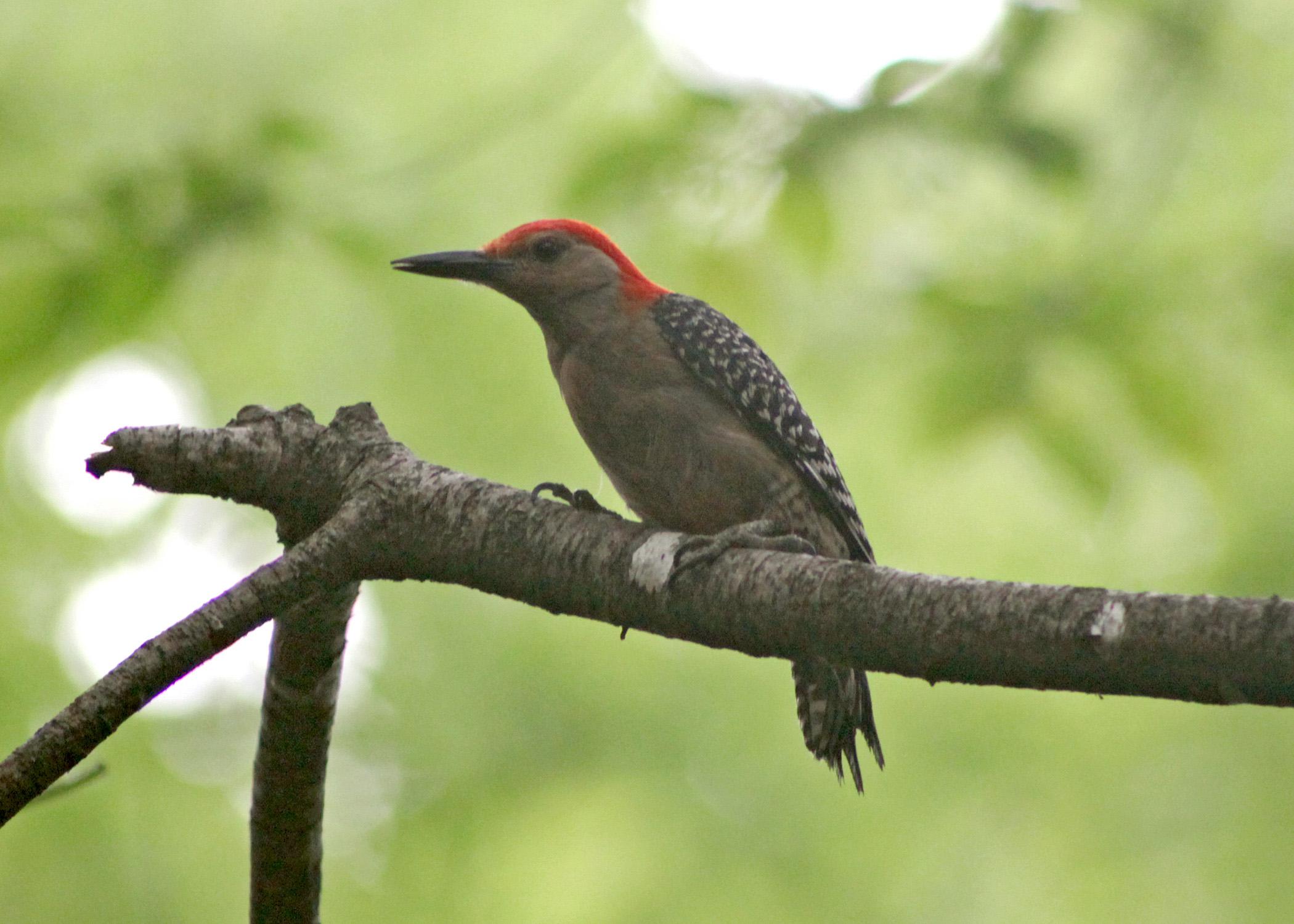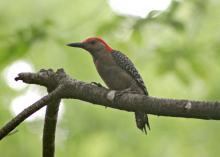Information Possibly Outdated
The information presented on this page was originally released on June 5, 2014. It may not be outdated, but please search our site for more current information. If you plan to quote or reference this information in a publication, please check with the Extension specialist or author before proceeding.
Bird beak's design may lead to better helmets
MISSISSIPPI STATE -- A woodpecker may not make a good football mascot, but Mississippi State University researchers think this bird’s shock-absorbing beak may help them design a better football helmet.
Lakiesha Williams, assistant professor of agriculture and biological engineering in the university’s Mississippi Agricultural and Forestry Experiment Station, led the study of the woodpecker’s beak. Researchers found that the shock a woodpecker absorbs while pecking is typically 10 times greater than anything a football player is likely to experience.
“We learned the woodpecker’s beak is a well-defined shock-absorbing system,” Williams said. “We hope to establish design principles inspired by nature that will help us make light-weight, shock-absorbing materials that provide better protection on point of impact.”
Williams directed Nayeon Lee, MSU biological engineering doctoral student, in the study. Lee reported that a red-bellied woodpecker’s beak repeatedly strikes a tree trunk at the speed of 14 -16 miles per hour. This is similar to the speed professional football players run on the field. It is also the speed considered in standard requirements for designing football helmets.
But while the speed is the same, the impact is much different.
Head injuries in humans can happen at 9 Gs, or gravitational forces. Brain trauma typically takes place between 80 and 100 Gs. The woodpecker can handle 1,000 Gs.
According to the study, a woodpecker’s beak is made up of three layers. The outer layer is made up of a protein called keratin. The middle layer is foam. The inner layer is bony. Each layer blends into the next.
“The outer layer has the same texture as a human fingernail. There are scales on this layer that fit together in an overlapping pattern. Those scales are much denser than the scales found in other bird beaks,” Lee said. “There is a wavy gap between the scales. That gap is three times wavier compared to other bird beaks, like a chicken or toucan. The squiggly design of this gap helps absorb shock.”
The middle layer binds the outer and inner layers. The inner layer, also denser than that found in other bird beaks, helps make the beak strong. It also guides the shock wave through the head.
The results of this study were recently published in the Journal of the Royal Society Interface and contributed to a patented idea.
Mark Horstemeyer, MSU Center for Advanced Vehicular Systems chair in computational solid mechanics and professor in mechanical engineering, co-directed Lee on the study. He has successfully patented specific shock-mitigating materials and methods found in nature for use in man-made design principles.
The study has inspired new research projects for the team. Lee will now focus on computational modeling of the woodpecker’s entire head. This puts the woodpecker in a virtual environment to see how it absorbs shock through its whole head and body. She will also continue to focus on the beak’s middle layer to learn more about it. As this research continues, Lee, Williams and Horstemeyer see promise in applying these principles to man-made design in football helmets and beyond.
The study also addresses an Experiment Station research priority to prevent disease, injury and disability, subsequently enhancing the quality of life for Mississippi residents.




